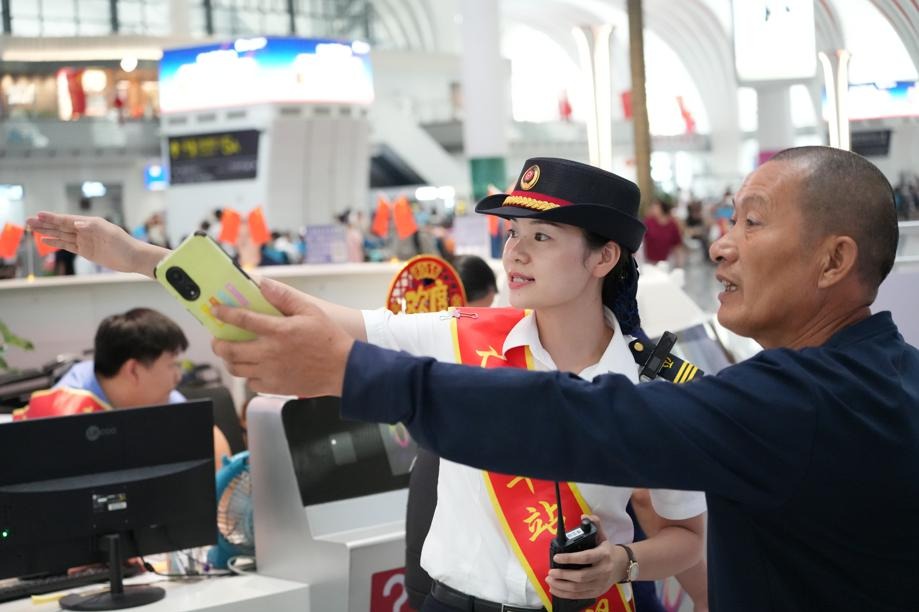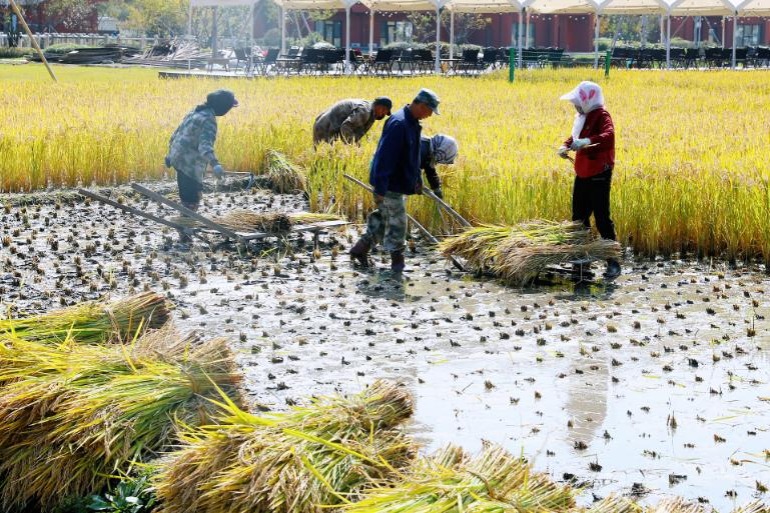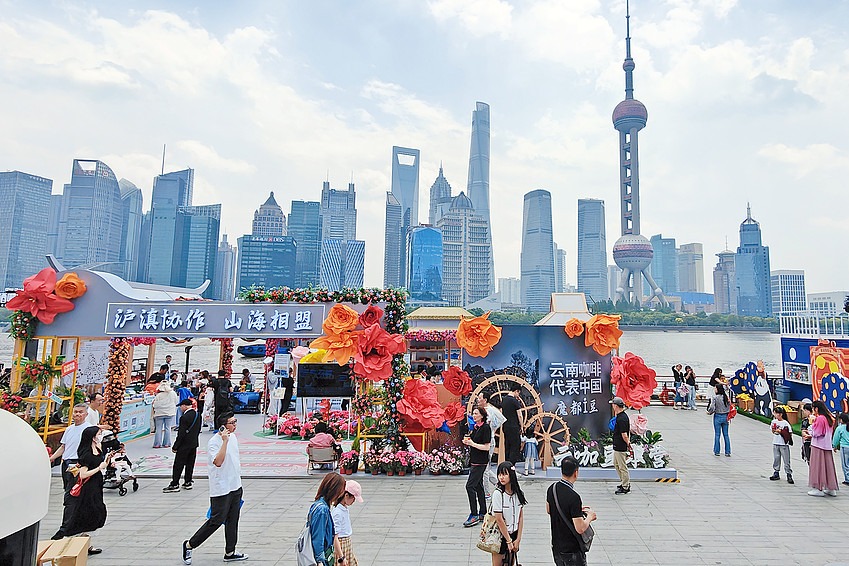China's courier network boosts Golden Week holiday economy

During the just-concluded National Day and Mid-Autumn Festival holiday, millions of travelers across China were able to travel light — sending local specialties and souvenirs home through China's fast-growing parcel delivery network. For many, the packages may have even arrived before the travelers themselves.
According to the State Post Bureau of China, the nation's postal and courier industry handled 7.23 billion parcels during the eight-day National Day and Mid-Autumn Festival holiday, which ended on Wednesday, maintaining stable operations amid a surge in tourism and holiday consumption. The daily average parcel volume exceeded 900 million, reflecting robust consumer demand and the growing vitality of the country's holiday economy.
Courier companies embraced new "express delivery + culture and tourism" models, setting up service outlets, smart lockers and self-service boxes at railway stations, airports, hotels and scenic areas. The move offered travelers greater convenience while turning tourism flows into new consumption momentum, the bureau said.
In popular destinations such as Kashgar in the Xinjiang Uygur autonomous region, Sanya in Hainan province, and Lhasa in the Xizang autonomous region, shipments of local specialties rose sharply during the holiday. By collaborating with merchants, courier companies helped create a "travel–purchase–ship" consumption loop. At scenic spots like Qiandao Lake in Hangzhou, Gulangyu Island in Xiamen, and Beijing Road in Guangzhou, themed courier stores and parcel lockers catered to tourists' needs for shipping souvenirs and luggage.
This year's "golden week" sparked strong travel and consumption momentum nationwide. By optimizing operations and diversifying services, courier firms enriched travel experiences and unlocked new consumption potential, according to the bureau.
Ahead of the holiday, shipments of popular festive goods — including mooncakes, hairy crabs, seafood, meats and fresh fruits — surged. To ensure freshness and efficiency, companies established collection points and cold-chain warehouses in provinces such as Guangdong, Guizhou, Jiangsu and Hubei, allowing goods to be dispatched directly from production sites. They also optimized trunk routes, boosted air freight capacity, and adjusted transport resources dynamically to meet the seasonal rush.
On the final leg of delivery, companies adopted multi-warehouse coordination and intelligent dispatching systems to achieve "nearby delivery", speeding up services.
According to the bureau, China's postal and courier sector continues to enhance service capacity while deepening integration with the cultural and tourism industries. By innovating diversified consumption scenarios, it is injecting new vitality into the holiday economy and supports stable consumption growth.





































